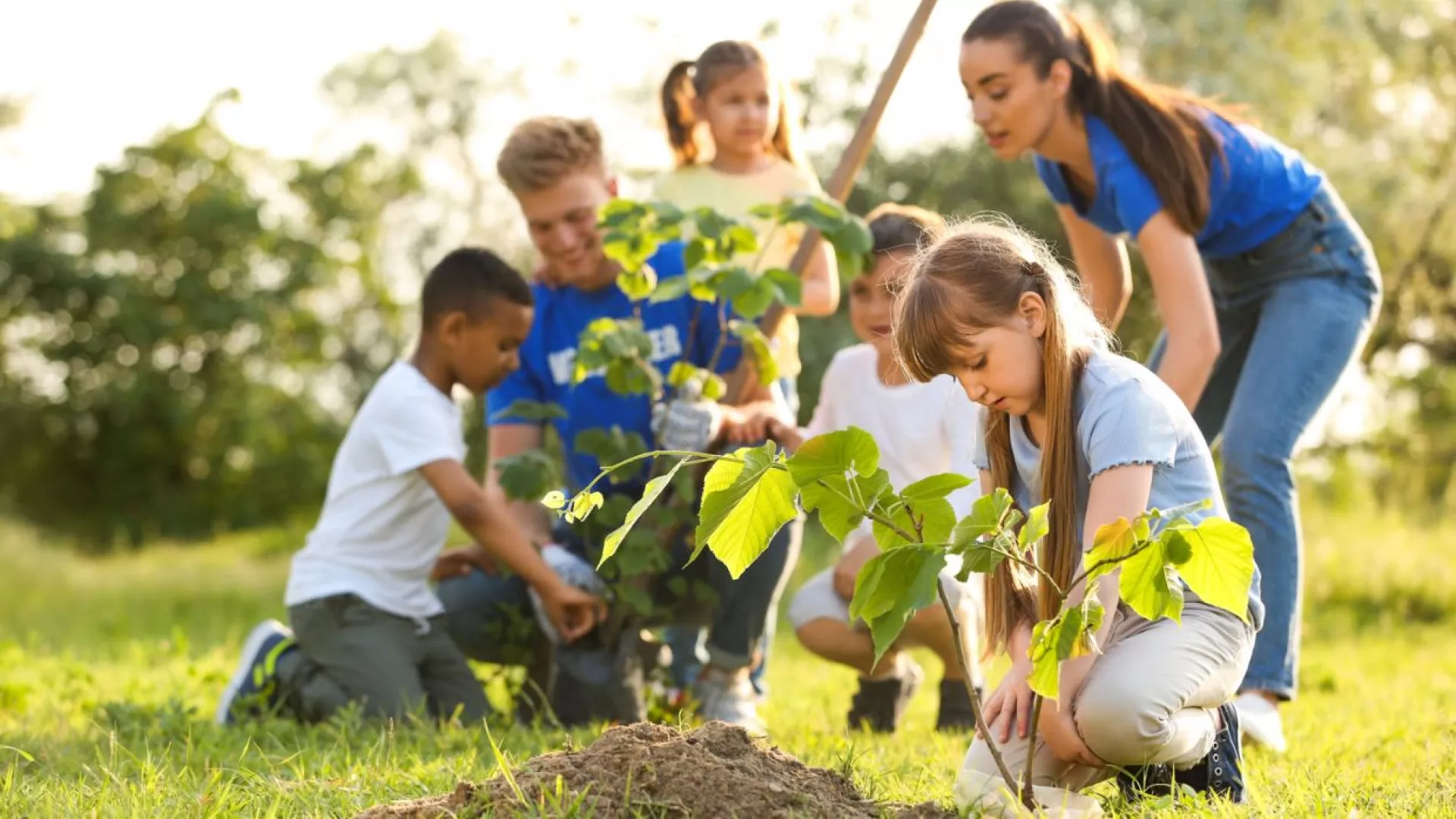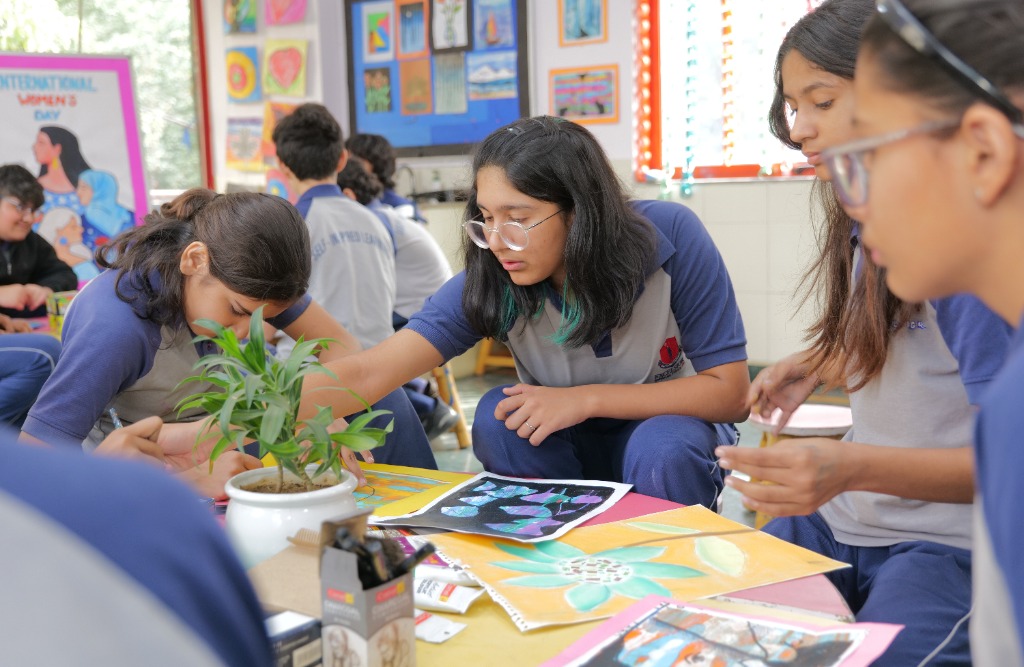JAKARTA, incaschool.sch.id – Environmental Initiatives: Teaching Sustainability Through School Action isn’t just a catchy school program—trust me, I learned that the hard way. Back in my school days, “going green” just meant planting one sad tree and calling it a day. Turns out, there’s so much more to it if you want real impact in your community.
In today’s changing climate, schools play a pivotal role in shaping the next generation of environmental stewards. Implementing Environmental Initiatives in schools not only reinforces classroom theories but also empowers students to become active participants in sustainability. This guide will walk you through practical steps to turn lessons into tangible, positive change on your campus and beyond.
Why Schools Need Environmental Initiatives

- Foster lifelong eco-conscious habits
- Bridge the gap between theory and practice
- Enhance critical thinking, collaboration, and leadership skills
- Improve school resource efficiency and reduce costs
- Strengthen community ties through shared green goals
By weaving sustainability into everyday campus life, students internalize environmental responsibility and witness the real-world impact of their actions.
Core Components of a School Sustainability Program
- Leadership & Governance
- Green committees, teacher champions, and administrative support
- Curriculum Integration
- Project-based learning, interdisciplinary lessons, and service learning
- Infrastructure & Operations
- Energy efficiency upgrades, waste management systems, and water conservation
- Student Empowerment
- Clubs, ambassador programs, and peer-to-peer education
- Community Partnerships
- Local NGOs, municipal agencies, and parent volunteers
Step-by-Step Guide to Implementing Environmental Initiatives
4.1 Form a Green Team
- Invite diverse stakeholders: students, teachers, custodial staff, and parents
- Define roles: coordinator, communications lead, project managers
4.2 Conduct an Environmental Audit
- Energy usage review (lighting, HVAC, electronics)
- Waste stream analysis (recycling, compost, landfill)
- Water consumption assessment (faucets, irrigation)
4.3 Set SMART Sustainability Goals
- Specific: “Reduce paper waste by 30%”
- Measurable: track monthly toner and paper orders
- Achievable: pilot duplex printing on one floor before scaling
- Relevant: aligns with science curriculum on resource conservation
- Time-bound: accomplish within the current academic year
4.4 Design Hands-On Projects
- Recycling Champions: student-led stations in every hallway
- Native Garden: cultivate pollinator plants and outdoor learning space
- Energy Patrol: monitor lights and computers after school hours
- Upcycling Workshops: transform waste into art or practical items
4.5 Engage the Entire School Community
- Host sustainability fairs and eco-film nights
- Launch a “Green Pledge” campaign on social media
- Invite local experts for guest lectures and field trips
4.6 Monitor, Evaluate, and Celebrate
- Use simple dashboards to display energy and waste metrics
- Survey participants on attitudes and behavior changes
- Award certificates, hold an end-of-year “Green Gala,” and share success stories
Real-World Examples of Successful Initiatives
- Lincoln Middle School (CA): cut cafeteria waste by 50% via trayless dining and compost bins
- Maplewood High (NJ): installed solar panels, saving $10,000 in annual energy costs
- Riverside Elementary (OR): student-built rainwater harvesting system waters botanical garden
Each program shares a common thread: active student leadership, clear goals, and visible results.
Measuring Impact and Continuous Improvement
- Collect quantitative data: kWh saved, gallons of water conserved, pounds of waste diverted
- Gather qualitative feedback: interviews, focus groups, journals
- Review and adjust: celebrate quick wins, troubleshoot obstacles, set new targets
- Share successes: newsletters, social media, district conferences
Iterative assessments ensure your Environmental Initiatives remain dynamic, student-centered, and deeply impactful.
Conclusion
Environmental Initiatives in schools transform passive learning into active stewardship. By following this hands-on guide—forming a Green Team, setting SMART goals, implementing projects, and measuring progress—you’ll cultivate a culture of sustainability that extends beyond campus gates. When students see their lessons come alive through tangible change, they become the environmental leaders our planet urgently needs.
Ready to launch your own school sustainability movement? Start small, think big, and watch your community flourish in green innovation.
Improve Your Abilities: Explore Our content on Knowledge
Take a Look at Our Latest Article on Student Conferences: Sharing School Ideas and Insights!


